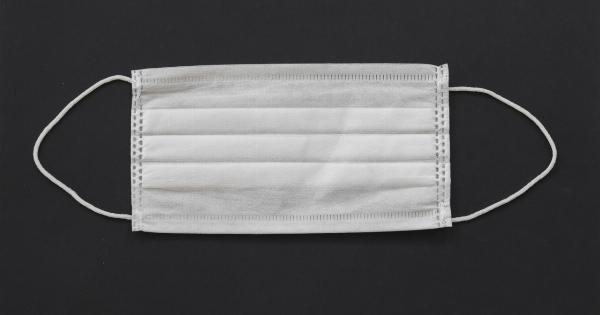Infectious mononucleosis, also known as mono or the “kissing disease,” is a common viral infection that primarily affects teenagers and young adults. It is caused by the Epstein-Barr virus (EBV), which spreads through saliva.
Mono is typically characterized by flu-like symptoms and extreme fatigue. However, recognizing the specific symptoms and being able to differentiate them from other illnesses is crucial for timely diagnosis and appropriate treatment.
In this article, we will explore five key symptoms of infectious mononucleosis through pictures to help you identify the illness.
1. Sore Throat
One of the first symptoms of infectious mononucleosis is a severe sore throat. The throat may become red and inflamed, making swallowing particularly painful.
Tonsils may also become swollen and covered in white patches of pus, similar to those seen in strep throat. This image illustrates the characteristic appearance of a mono-induced sore throat.

2. Fatigue
Extreme fatigue is a hallmark symptom of infectious mononucleosis. It is different from usual tiredness and can persist for weeks or even months.
Patients often describe feeling exhausted for no apparent reason and find it challenging to perform everyday activities. In severe cases, mono-related fatigue can lead to excessive sleeping and difficulty staying awake. This image depicts a person experiencing the overwhelming fatigue associated with mono.

3. Swollen lymph nodes
Infectious mononucleosis can cause enlargement of the lymph nodes, especially those in the neck and armpits. These lymph nodes may feel tender and be noticeably swollen. They can vary in size and may persist for several weeks.
This image shows the characteristic swelling of lymph nodes associated with mono.

4. Rash
While not everyone with mono experiences it, a characteristic rash can occur in some individuals. The rash often appears as small, pinkish-red spots that typically do not itch.
It may develop on the torso and spread to other parts of the body, such as the arms and legs. This picture illustrates the typical appearance of a mono-related rash.

5. Fever
Fever is a common symptom of various viral infections, and infectious mononucleosis is no exception. The fever associated with mono is usually moderate, ranging from 100.4 to 104 degrees Fahrenheit (38 to 40 degrees Celsius).
It may persist for several days or even weeks. This image depicts a person with a mono-induced fever.

If you or someone you know is experiencing these symptoms, it is important to consult a healthcare professional for an accurate diagnosis.
While there is no specific treatment for mono, doctors can provide supportive care to relieve symptoms and prevent complications.
Remember that it is always better to be safe than sorry, as the symptoms of infectious mononucleosis can resemble those of other illnesses. Early recognition and diagnosis can help ensure prompt management and prevent the spread of the virus to others.



























